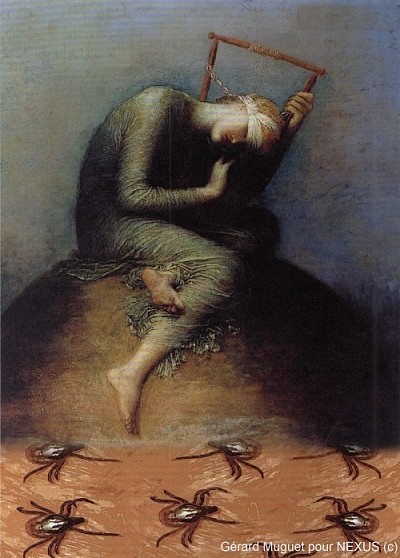Abstract
Bacterial biofilms are complex communities of cells that are attached to a surface by an extracellular matrix. Biofilms are an increasing environmental and healthcare issue, causing problems ranging from the biofouling of ocean-going vessels, to dental plaque, infections of the urinary tract, and contamination of medical instruments such as catheters. A complete understanding of biofilm formation therefore requires knowledge of the regulatory pathways underpinning its formation so that effective intervention strategies can be determined. The master regulator that determines whether the Gram-positive model organism Bacillus subtilis switches from a free-living, planktonic lifestyle to form a biofilm is called SinR. The activity of SinR, a transcriptional regulator, is controlled by its antagonists, SinI, SlrA, and SlrR. The interaction of these four proteins forms a switch, which determines whether or not SinR can inhibit biofilm formation by its repression of a number of extracellular matrix-associated operons. To determine the thermodynamic and kinetic parameters governing the protein-protein and protein-DNA interactions at the heart of this epigenetic switch, we have analyzed the protein-protein and protein-DNA interactions by isothermal titration calorimetry and surface plasmon resonance. We also present the crystal structure of SinR in complex with DNA, revealing the molecular basis of base-specific DNA recognition by SinR and suggesting that the most effective means of transcriptional control occurs by the looping of promoter DNA. The structural analysis also enables predictions about how SinR activity is controlled by its interaction with its antagonists.
Secrets of bacterial slime revealed
posted by news on april 12, 2013 - 4:00pm
Newcastle University scientists have revealed the mechanism that causes a slime to form, making bacteria hard to shift and resistant to antibiotics.
When under threat, some bacteria can shield themselves in a slimy protective layer, known as a biofilm. It is made up of communities of bacteria held together to protect themselves from attack.
Biofilms cause dental plaque and sinusitis; in healthcare, biofilms can lead to life threatening and difficult to treat infections, particularly on medical implants such as catheters, heart valves, artificial hips and even breast implants. They also they coat the outside of ships and boats polluting the water.
Publishing in The Journal of Biological Chemistry, the team reveal how a molecular switch regulates biofilm formation. This new understanding could help identify a new target for antibiotics and prevent other biofilms from forming.
In order to thwart them from causing disease and biopollution, a Newcastle University team have been studying at the molecular level how bacteria form biofilms in the first instance.
They reveal how the master regulator of biofilm formation, a protein called SinR, acts in the model bacterium, Bacillus subtilis.
Richard Lewis, Professor of Structural Biology in the Institute for Cell and Molecular Biosciences who led the research said: "SinR is a bit like a rocker switch, a domestic light switch for instance. In the "down" position, when SinR is bound to DNA, the proteins required to make a biofilm are turned off and the bacteria are free to move. In the "up" position, SinR is no longer bound to DNA and instead interacts with other proteins, and the biofilms genes are turned on."
SinR is a DNA-binding protein that acts to inhibit the expression of proteins required for the synthesis of the molecular glue that holds the biofilm together. The ability of SinR to bind to DNA is carefully controlled by a network of interactions with three other proteins. By the application of X-ray crystallography, the team have determined precisely how SinR interacts with very specific feature of its DNA target.
By understanding how the proteins interact with each other, and with DNA, scientists can look to develop molecules that interfere with these essential processes as a means to stop biofilms from forming.
Source: Newcastle University
